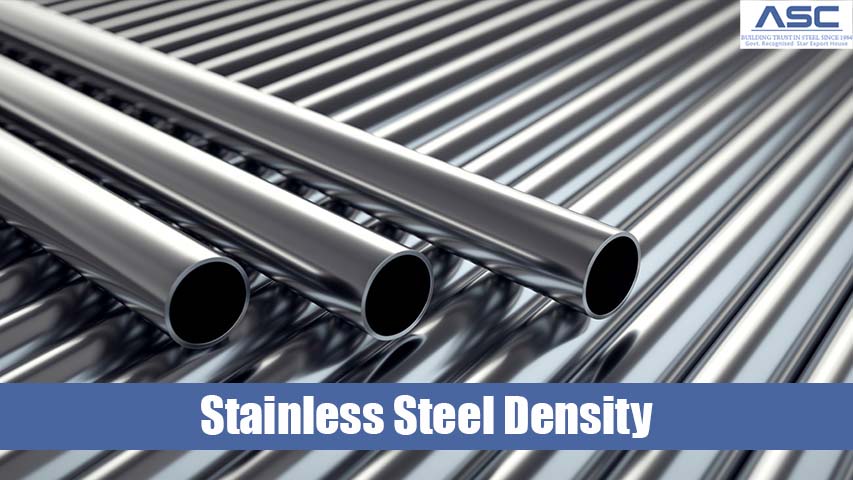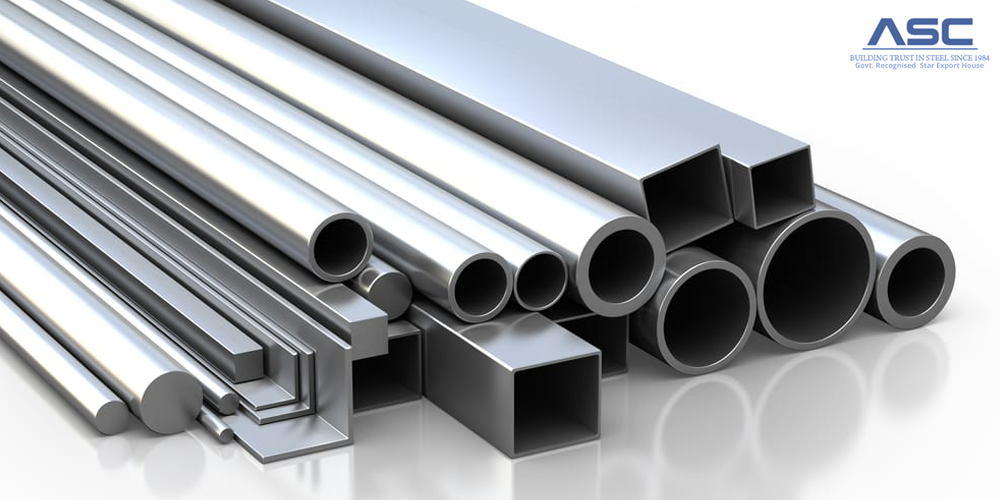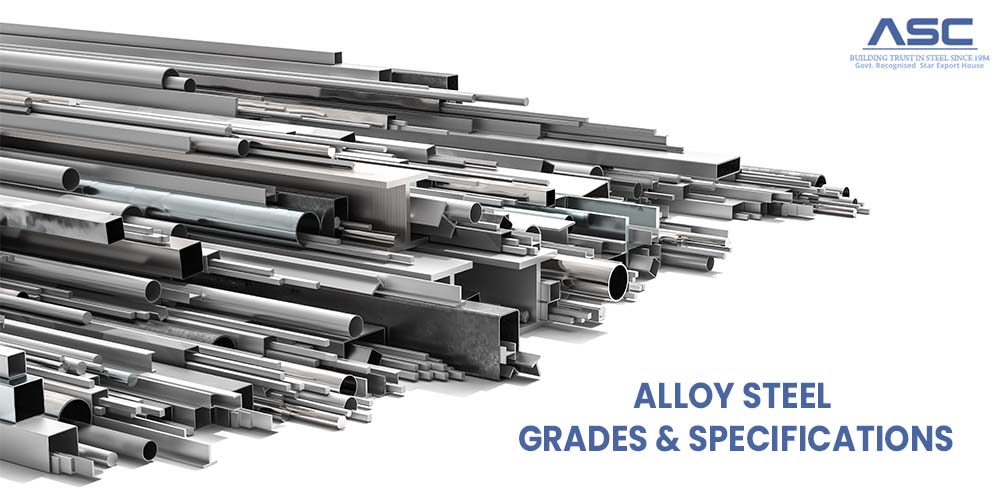Stainless Steel Density
by AMC
Posted on March 17, 2023 at 12:40 PM

What is density?
The term "density" generally refers to the concentration of something within a particular area or space. For
example, if we say that an area is densely populated, it means that many people live within that specific
region. In scientific terms, density is the measure of mass in proportion to volume. Mathematically, this
relationship can be expressed using the formula:
density = mass / volume
In this calculation, density (p) equals mass (m) divided by volume (V).
The property of density is classified as intensive, which signifies that the density of an object remains
constant regardless of the amount or quantity of that object.
The classic riddle "Which weighs more, a ton of bricks or a ton of feathers?" is a play on the concept of
density rather than weight. Despite the different materials, both a ton of bricks and a ton of feathers weigh
the same. However, because the density of bricks is much higher than that of feathers, with a density of 1.992
grams per cubic centimeter versus 0.0025 grams per cubic centimeter respectively, a given volume of bricks
will weigh significantly more than the same volume of feathers. For example, one square inch of brick weighs
approximately 800 times more than one square inch of feathers.
To calculate the density of an object made of stainless steel or to convert density from one unit of measure
to another, you can use a metal calculator. Density can be measured in various units, such as kilograms per
cubic meter (kg/m3), grams per cubic centimeter (g/cm3), grams per cubic meter (g/m3), or pounds per cubic
inch (lb/in3). The metal calculator allows you to calculate the weight and density of stainless steel, making
it a useful tool for various applications.
What is the density of Stainless Steel?
The density of stainless steel can range from approximately 7,500 kg/m3 to 8,000 kg/m3, depending on the
specific alloy. Since stainless steel is a metal alloy, the density can also be influenced by the presence of
other elements within the alloy. If the composition of the metal is known, it is possible to calculate the
proportion and ultimately the density of the alloy.
Indeed, the density of stainless steel alloys typically falls within the range of 7,500kg/m3 to 8,000kg/m3,
but it can vary slightly depending on the specific grade of stainless steel. Generally, stainless steel with a
higher nickel content will have a higher density, while stainless steel with a higher chromium content will
have a lower density. Other elements such as molybdenum and copper can also affect the density of stainless
steel.
Stainless Steel Density<
One can list several advantages of stainless steel due to its distinctive density, such as its ability to
withstand corrosion, heat, and wear and tear, as well as its aesthetic appeal and ease of maintenance.
Rust Resistant
Stainless steel is known for its remarkable rust-resistant properties, which are attributed to its ability to
withstand various types of corrosion, depending on the grade of the alloy and the intended application. The
intricate surface coating that imparts its distinct rust-resistant properties varies by the specific grade of
stainless steel being used.
Super Strong
Stainless steel maintains the inherent strength properties of steel and can be manufactured with varying
levels of hardness and strength to suit different applications. Due to its exceptional strength and corrosion
resistance properties, stainless steel is commonly favored in the construction industry.
Aesthetic Appeal
In addition to its strength and corrosion resistance, stainless steel is highly valued for its aesthetic
properties. It can be finished to achieve a variety of looks, including a mirror finish, brushed finish, and
dull polished finish. Due to its distinctive appearance, stainless steel is often used in the production of
appliances such as stoves and refrigerators, as well as sinks and other household items.
Why does density matter?
Industrial designers take into consideration various factors, including the density of the metal, when
developing their concepts. The density of a metal can greatly differ from one to another, and this information
is taken into account when determining the appropriate material to use for a specific design. For example, if
an industrial designer is creating a lamp to be placed on a table, the density of the material used may not be
a critical factor. However, if the designer is creating an airplane that needs to take off and stay airborne,
the density of the metal becomes significantly more important.
Metallurgists take density into account when creating or modifying alloys. Steel, for instance, is made by
blending iron, carbon, and other elements together. Steel can have varying compositions depending on the
desired properties. Stainless steel, for example, contains at least 10.5% chromium, while carbon steel has a
lower chromium content. This difference in composition affects the density of plain steel compared to
stainless steel.
Density plays a critical role in determining the strength, hardness, and malleability of the steel produced
when creating a new grade of steel or welding one kind of steel to another.
Contact Our Qualified Team Today
Amardeep Steel is a well-respected company in the stainless steel industry, offering a comprehensive range of products and services. With a national presence and access to cutting-edge fabrication and processing technologies, Amardeep Steel is committed to delivering innovative solutions and exceptional customer service.

What is Alloy Steel
Alloy steel is made by combining a number of different elements, such as silicon, chromium, molybdenum, boron, vanadium, nickel, aluminum, etc.

